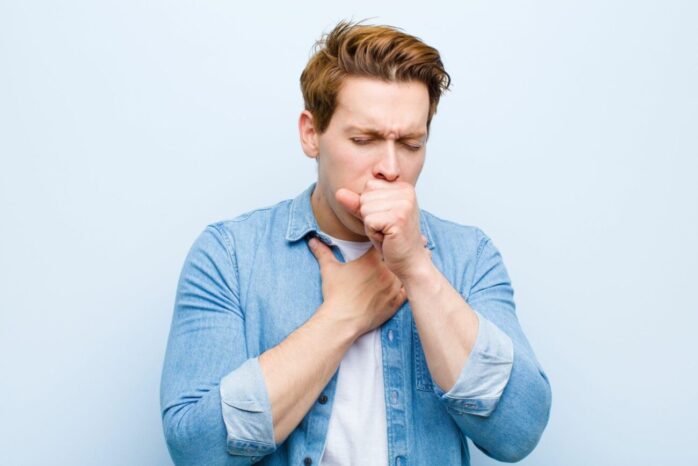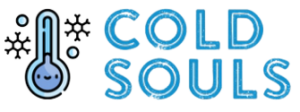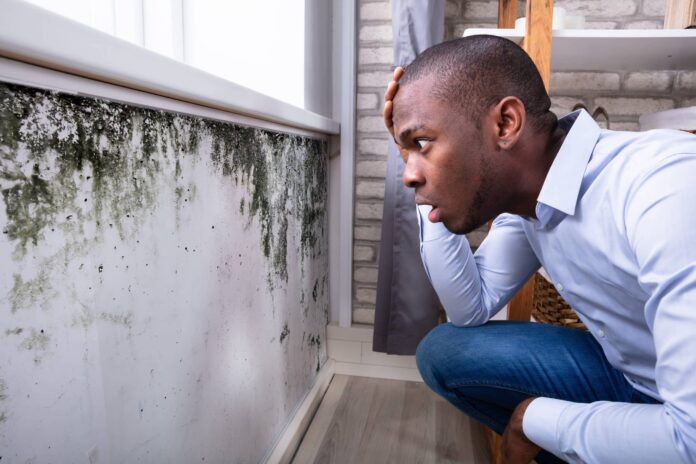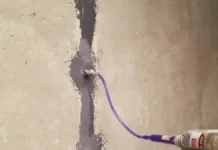Black mold, scientifically known as Stachybotrys chartarum, lurks in the shadows of our homes, often unnoticed until its presence becomes a health crisis. This insidious fungus thrives in damp, warm environments, making basements, bathrooms, and kitchens its prime targets. But the real danger lies not just in its unsightly appearance or musty odor; it poses significant health risks that can affect even the most unsuspecting individuals. From allergic reactions to more severe respiratory issues, the symptoms may vary widely, casting a shadow over your well-being. As awareness of indoor air quality grows, so does the urgency to understand black mold and its implications. In this article, we will delve into what black mold is, how to identify it, and the potential health consequences it can unleash—arming you with the knowledge needed to protect yourself and your loved ones.
Health Risks Associated with Black Mold

Exposure to black mold, particularly Stachybotrys chartarum, can pose serious health risks, especially for vulnerable populations. Breathing in airborne spores can trigger respiratory issues, ranging from mild allergic reactions—such as sneezing and skin irritation—to severe conditions like asthma or chronic lung diseases. For individuals with compromised immune systems, the ramifications can be even graver; infections may set in, escalating what might seem like a minor inconvenience to a life-threatening situation. Symptoms may manifest in a myriad of ways: persistent cough, fatigue, and headaches are just the tip of the iceberg. Some research even links long-term exposure to cognitive issues and mood disturbances. Thus, it becomes vital to address black mold infestations promptly, not only to safeguard personal health but also to maintain a safe living environment for all.
Preventing Black Mold Growth

Preventing black mold growth requires vigilance and proactive measures in your living environment. First and foremost, keep humidity levels below 50%—a dehumidifier can be your best ally in damp areas, like basements and bathrooms. Regularly inspect areas prone to moisture, such as under sinks, behind appliances, and around windows, where leaks can quietly encourage molds insidious spread. Proper ventilation is critical; ensure that kitchens and bathrooms are equipped with exhaust fans that effectively remove humidity-laden air. Don’t overlook the importance of routine cleaning—wiping down surfaces with mold-resistant solutions can thwart potential outbreaks before they take hold. Additionally, when it comes to water damage, act fast; promptly dry out wet materials and replace any soaked insulation or drywall, as mold only needs a brief window to flourish. By harmonizing these strategies, you can create an environment where black mold is less likely to thrive, safeguarding both your health and your home.
Dealing with Black Mold: Removal and Remediation

Dealing with black mold can be a daunting task, but with the right approach, it is entirely manageable. First and foremost, its crucial to assess the extent of the infestation; small patches may be tackled by diligent scrubbing with soap and water, or a specialized mold remover. However, if the mold has taken root in hidden spaces, like behind walls or under carpets, professional remediation may be necessary. These experts not only remove the visible spores but also address the underlying moisture problems that promote mold growth. Remember, wearing protective gear is essential, as inhaling mold spores poses health risks. After removal, it’s vital to ventilate the affected area and consider employing dehumidifiers to prevent a recurrence. Ultimately, staying vigilant and maintaining a dry environment is your best defense against future mold outbreaks.
Conclusion
In conclusion, understanding the risks associated with black mold is essential for safeguarding your health and well-being. The presence of this hazardous substance in your environment can lead to a variety of health issues, particularly for individuals with pre-existing respiratory conditions or weakened immune systems. It is crucial to stay vigilant and address any signs of mold growth promptly. Regular home inspections and Black Mold Testing can help identify potential problems before they escalate, allowing for timely remediation. By being proactive and informed, you can create a healthier living space and reduce the risks associated with black mold exposure.




